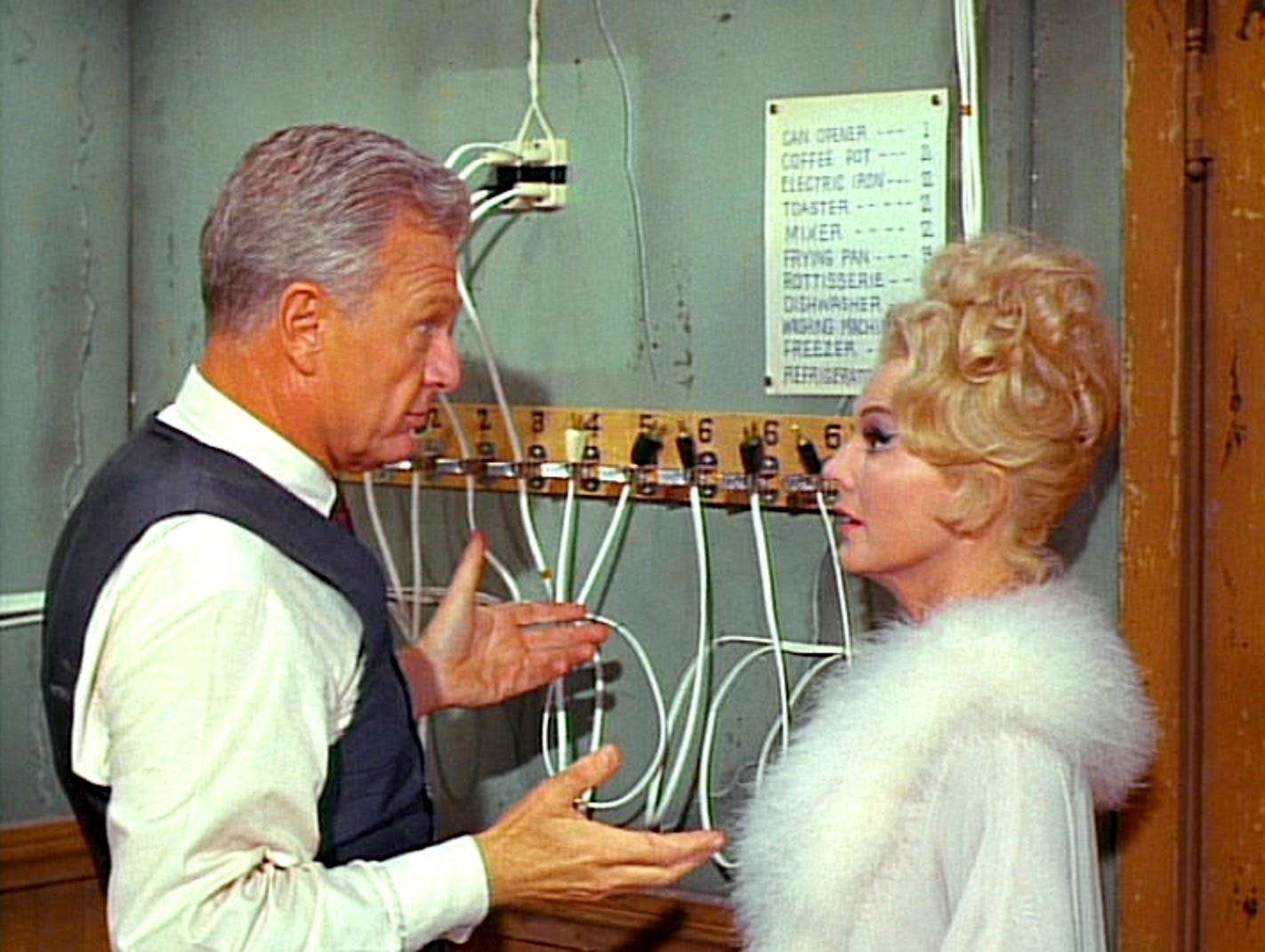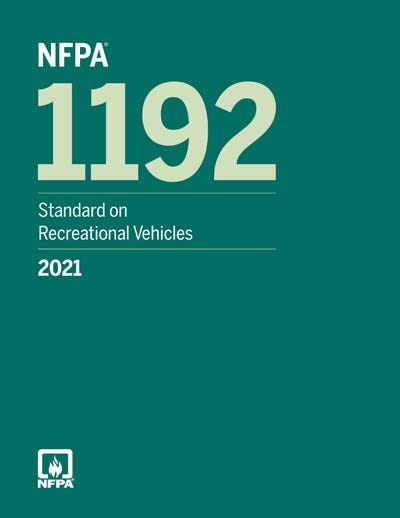Is an RV a continuous load per NEC 210.20(A)?
The National Electrical Code has specific types of loads rated as continuous duty, which require derating to 80% of rated current.
James C. commented on your post Replacing 30-Amp Pedestal Outlets!.
Hey Mike
In my opinion, the real problem with 30-AMP RV receptacles is that campgrounds are lacking 50-AMP receptacles and many 30-AMP RV’s should have been equipped with 50-AMP service. Adding up the potential current draw on a 30-AMP RV with a roof air conditioner, electric water heater, electric refrigerator, microwave/convection oven, converter for powering 12V TV’s lights, fans, charging batteries, and anything else and it is a simple formula when there is only an electrical connection (receptacle)rated for only 24-AMPS of continuous power consumption.
And then, those pesky 50-AMP RV’s that have no choice but to adapt down to a 30-AMP receptacle. Reminds me of Green Acres Season 1 Episode 9 (1965) “You Can't Plug in a 2 with a 6.” - James C.
Everyone
James makes some good points. But code does not currently classify RV power as a continuous duty load, so an 80% derating of a 30-amp pedestal outlet down to 24-amperes does not apply. However, it’s a bit of a code mess since RV loads have a much higher duty factor than residential branch circuits.
In a few weeks I’ll do a deep dive into NEC 210.20(A) which requires that electrical conductors and overcurrent protection devices be rated for the noncontinuous loads plus 125% of continuous loads. That’s the 80% derating rule that’s often quoted, but rarely understood or applied correctly.
Just be aware that the NEC is not written in layman's terms, so it can be difficult to understand unless you're an electrician or electrical engineer who has studied the National Electrical Code in depth. In fact, each AHJ (Authority Having Jurisdiction a.k.a. Electrical Inspector) has their own interpretation of the code. -Mike Sokol
NEC 210.20(A) Continuous and Noncontinuous Loads
Where a branch circuit supplies continuous loads or any combination of continuous and noncontinuous loads, the rating of the overcurrent device shall not be less than the noncontinuous load plus 125 percent of the continuous load.
Exception: Where the assembly, including the overcurrent devices protecting the branch circuit(s), is listed for operation at 100 percent of its rating, the ampere rating of the overcurrent device shall be permitted to be not less than the sum of the continuous load plus the noncontinuous load.
Much more in this later!
Let’s play safe out there… Mike








During my career in the elevator industry I dealt with multiple codes within various states, counties, cities, and federal. All of these entities read or created the codes differently. As well as individual inspectors within each jurisdiction making their own interpretations. Oh what fun.
Mike,
I look forward to your explanation of this often-misunderstood rule.
Two years ago, I purchased a TT-30 adapter for my daughter to recharge her rented Tesla at the newly-installed, dedicated 30A outlet at my folks’ house. I remain bemused the Tesla’s software automatically recognized the adapter, and controlled the load at 24A continuous draw during charging operations.
While somewhat off the NEC explanation topic:
How do or should modern sophisticated smart power management systems, whether on an RV or on an EV, recognize the power supply, and manage their loads? Do they adapt for average continuous load and supply voltage droop, while yet permitting the starting transients of motor loads/compressors?